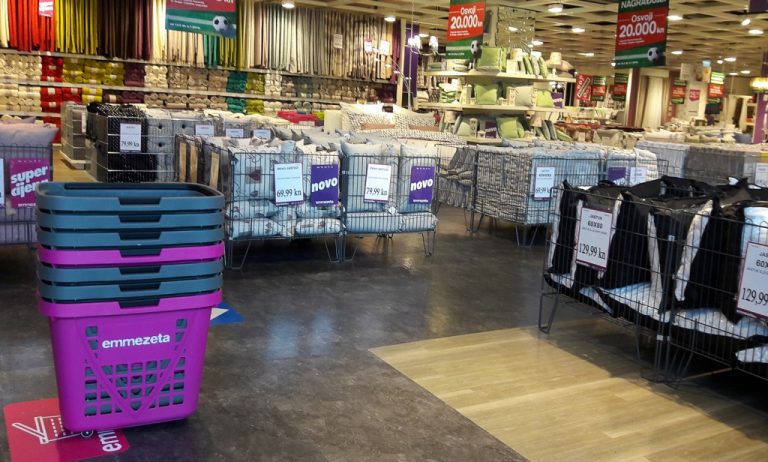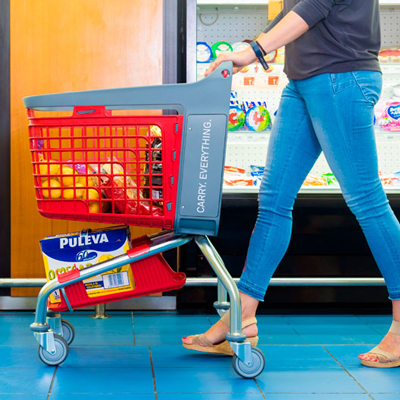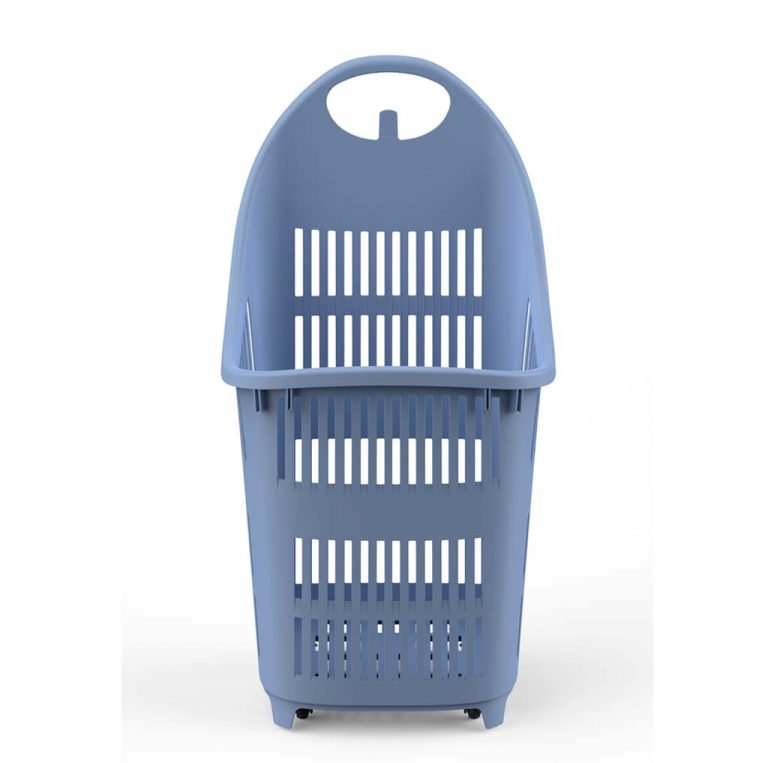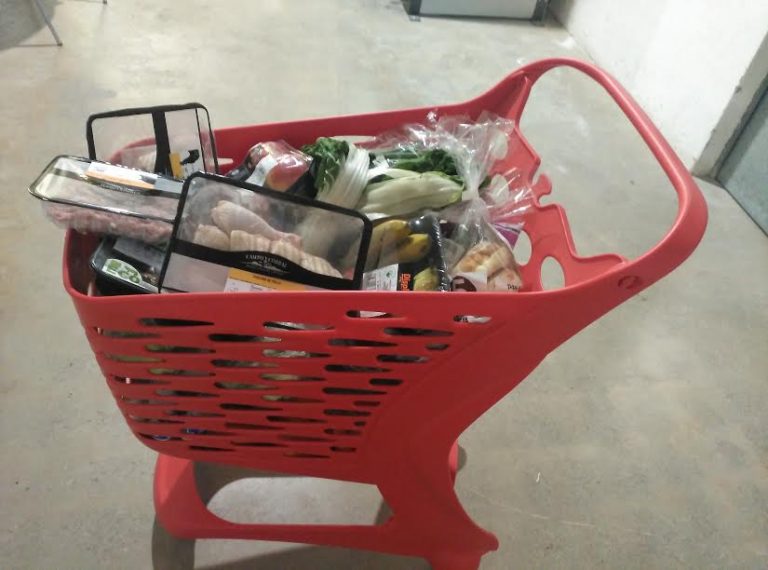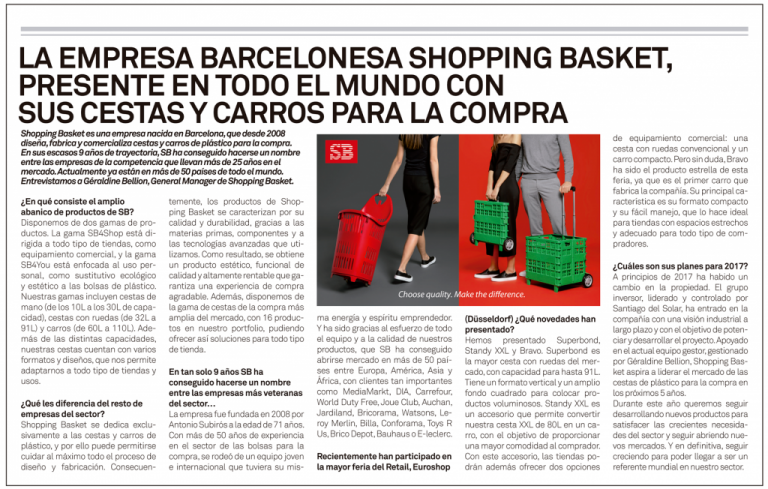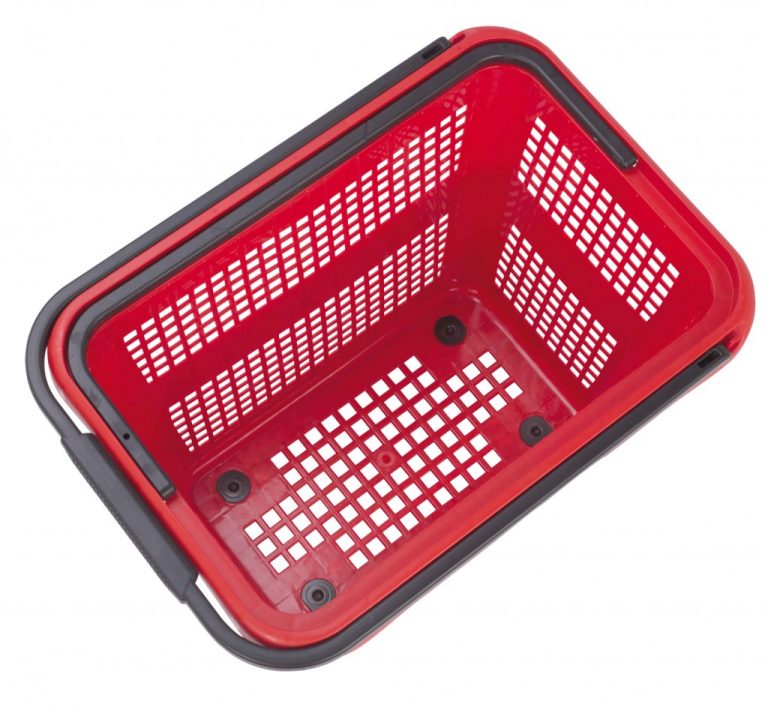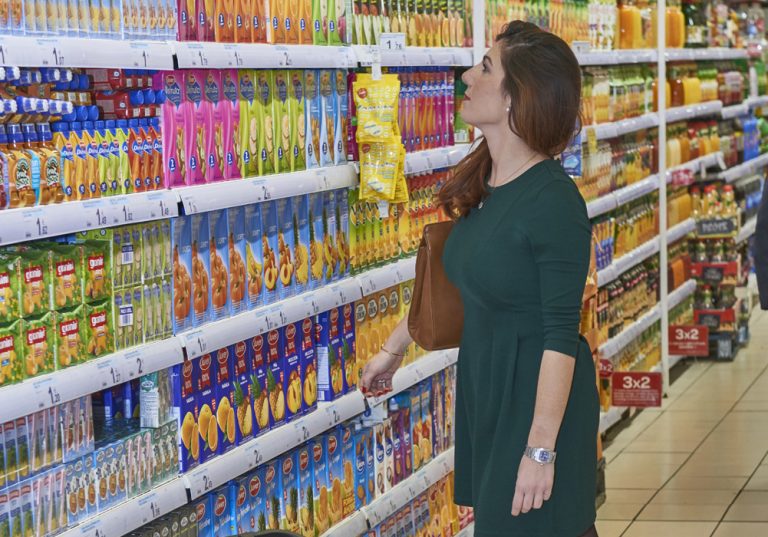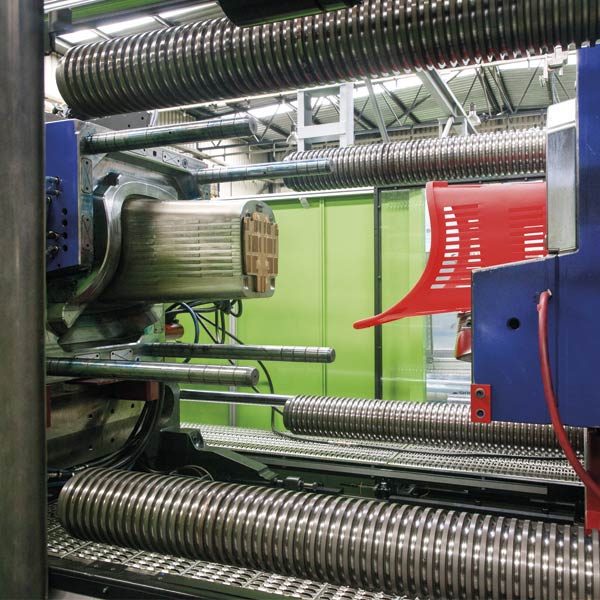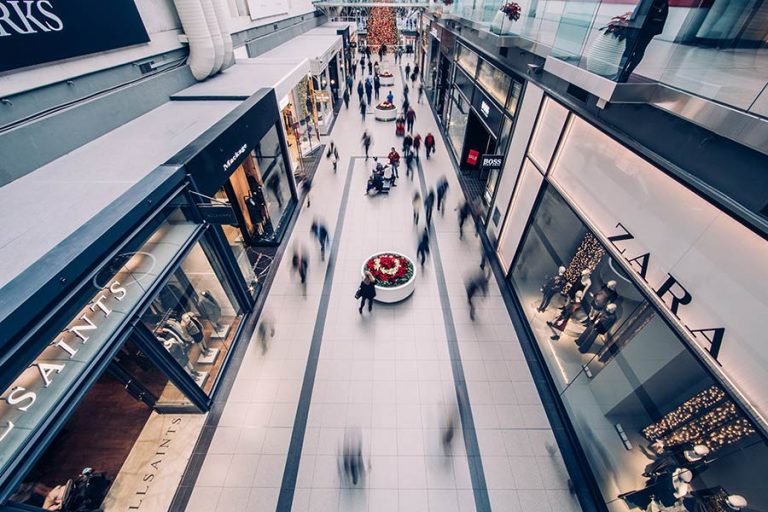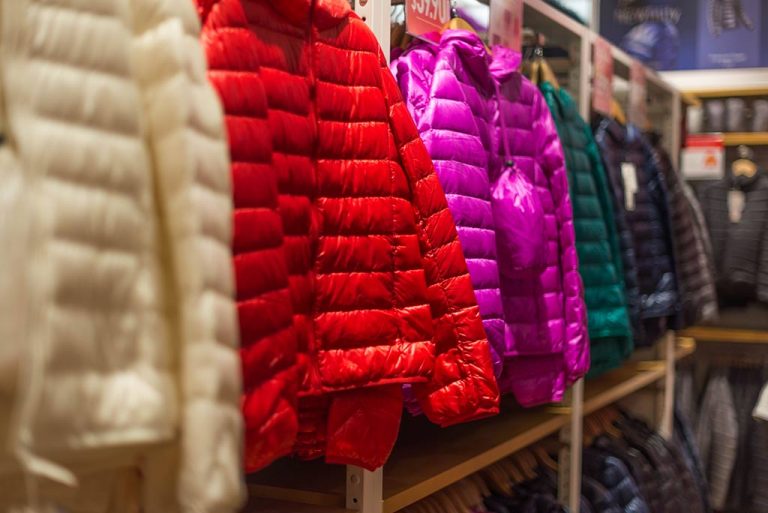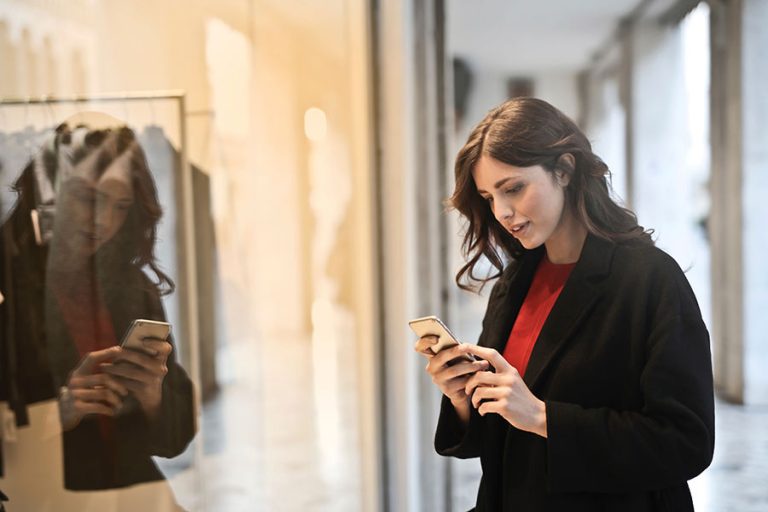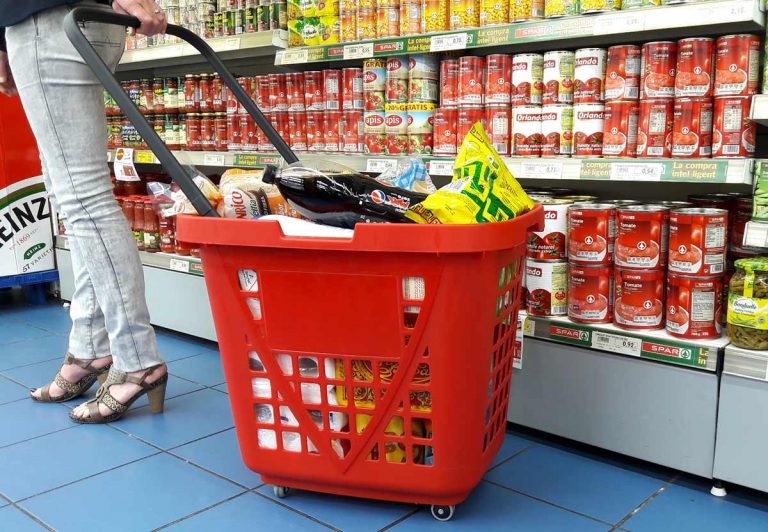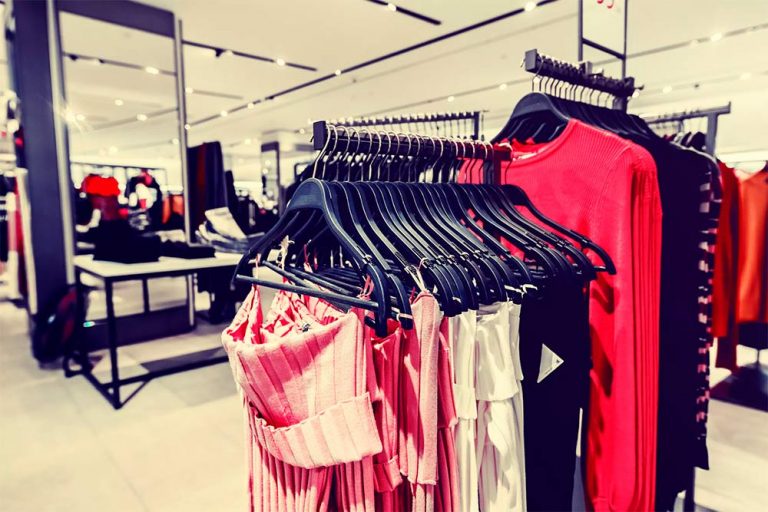Walking into a store these days isn’t just about picking up a few items and heading out. It’s about how it feels. People aren’t just buying products — they’re seeking moments, emotions, even a little bit of magic that makes them want to come back.
Welcome to the world of multisensory in-store experiences — where atmosphere becomes strategy. Sight, sound, touch, scent — and yes, even emotion — all come together to shape how we experience a space. Think of it like this: the soft music playing as you stroll through the aisles, the warm lighting overhead, the gentle curve of a basket that just fits right in your hand — none of that is accidental. It all adds up.
In this article from Shopping Basket, we dig into how engaging the senses can completely transform how people feel in a store — and how even the smallest touchpoints (like, say, the shopping basket itself) can leave a lasting emotional imprint.
1. What Does “Multisensory” Even Mean?
At its core, multisensory in-store experiences is about designing a space that speaks to more than just your eyes. It’s about creating an atmosphere that customers don’t just see — they feel it.
Let’s break it down:
- Sight: Lighting, layout, color choices — all set the visual mood.
- Sound: Background music, subtle sound cues — these shape the pace and tone of the visit.
- Smell: Scents tap directly into memory and emotion — they’re surprisingly powerful.
- Touch: Textures, materials, and ergonomics create a sense of comfort or quality.
- Emotion: The sum of all sensory parts. The vibe. The memory.
The more senses a brand can touch, the deeper the connection — and the more likely that visit becomes a lasting memory.

2. See It. Hear It. Feel It.
Visuals are often the first thing people notice when they walk into a store — how it’s lit, the color palette, the openness (or lack of it). A warmly lit supermarket can make shoppers feel more at ease, even linger a bit longer. On the other hand, a high-end beauty store with soft, elegant contrasts? It communicates refinement and care, even before you pick up a product.
But visuals are only half the story.
Sound plays a sneaky but powerful role. Studies show that the right kind of music can increase how long people stick around — sometimes by 30% or more. Slow rhythms calm things down, inviting exploration. Faster beats can keep things moving in quick-stop shops. The magic happens when sight and sound work together to create a coherent mood that feels “on brand.”
3. Smell: The Invisible Emotion
Scent is like a time machine. One whiff and you’re back in your grandmother’s kitchen or walking through a spring garden. In retail, scent is loyalty fuel.
- That warm, fresh-baked bread smell in the grocery section? It’s engineered to make you feel cozy and hungry.
- Floral notes in a perfumery? They cue elegance and sophistication.
- Bright citrus in a convenience store? It’s all about freshness and energy.
The right aroma doesn’t just make a place smell nice — it becomes part of a brand’s emotional signature.
4. The Underestimated Power of Touch
Touch often gets overlooked when designing retail spaces — but it’s one of the most telling senses when it comes to how people perceive quality and care.
That’s where we come in. At Shopping Basket, we believe that even something as seemingly ordinary as a basket can change the shopping experience.
- Ergonomic handles that fit naturally in the hand.
- Soft-touch materials that feel intentional, modern, and inviting.
- Lightweight yet solid builds that suggest reliability — without weighing you down.
When store fixtures feel right customers feel taken care of. And that translates into trust.

5. Where It’s All Headed
Retailers — from global brands to boutique markets — are leaning hard into sensory marketing. It’s not a luxury anymore; it’s becoming standard.
- Premium grocers now mix low-key music with curated lighting and fresh, earthy aromas to slow down the experience.
- Beauty shops build immersive spaces with textured countertops, lit mirrors, and tailored scent trails.
- Quick-stop stores rely on smart layouts, refreshing citrus notes, and easy-to-carry baskets for a smooth, speedy visit.
Sensory design isn’t just about “wowing” the customer. It’s about creating an experience that feels right, one that they’ll remember — and return to.
Details That Stick
At the end of the day, what makes someone choose your store over another isn’t just the products on the shelf. It’s how they feel when they’re there. Are they relaxed? Energized? Understood?
Multisensory in-store experiences are the future of in-store retail. They’re not just about creating mood — they’re about creating connection. And it turns out, even the smallest details — like a basket that feels just right — can become the moment a customer remembers.
At Shopping Basket, we’re proud to be part of that moment.
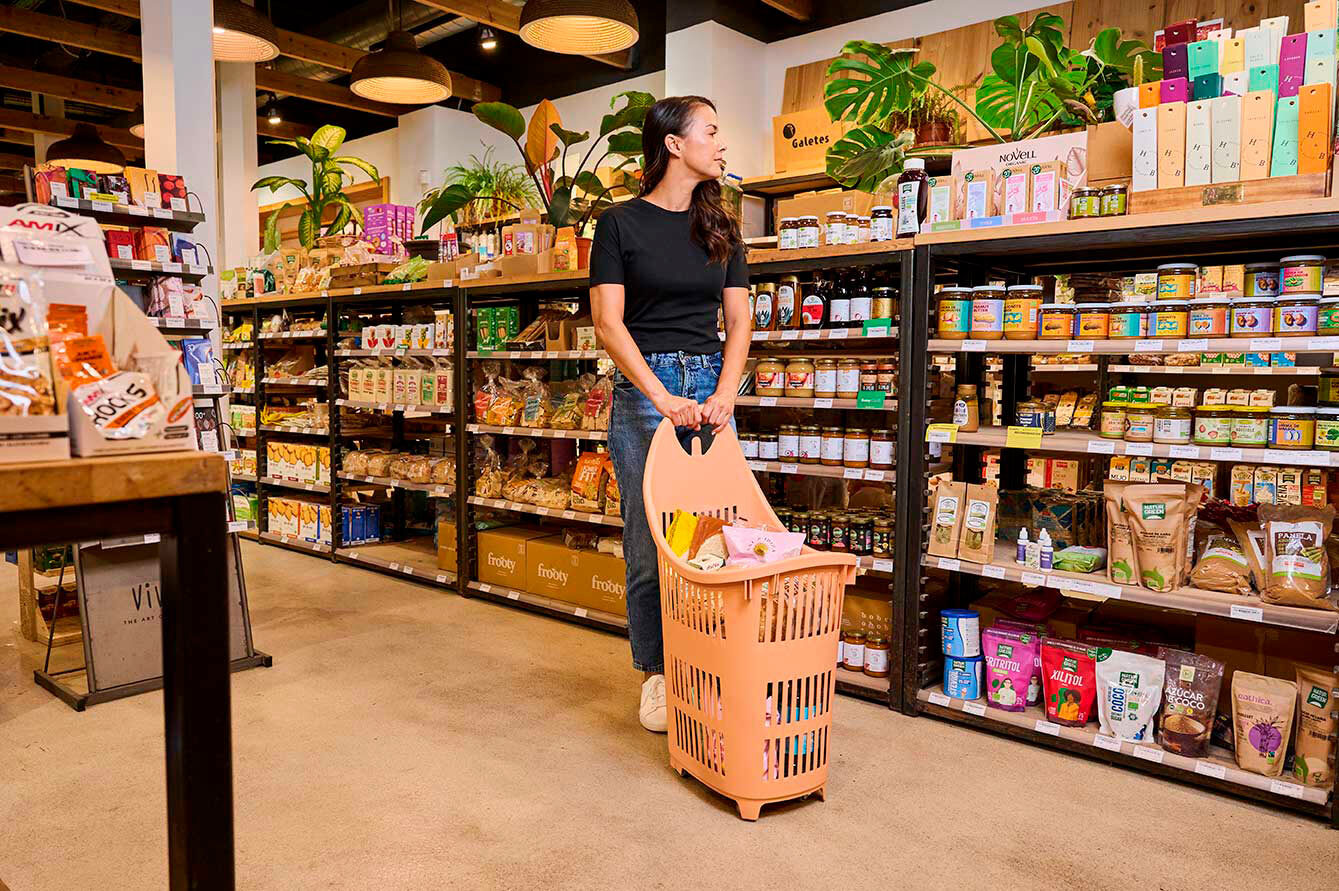
 Become a newsletter subscriber and be among the first to read our new articles!
Become a newsletter subscriber and be among the first to read our new articles!
